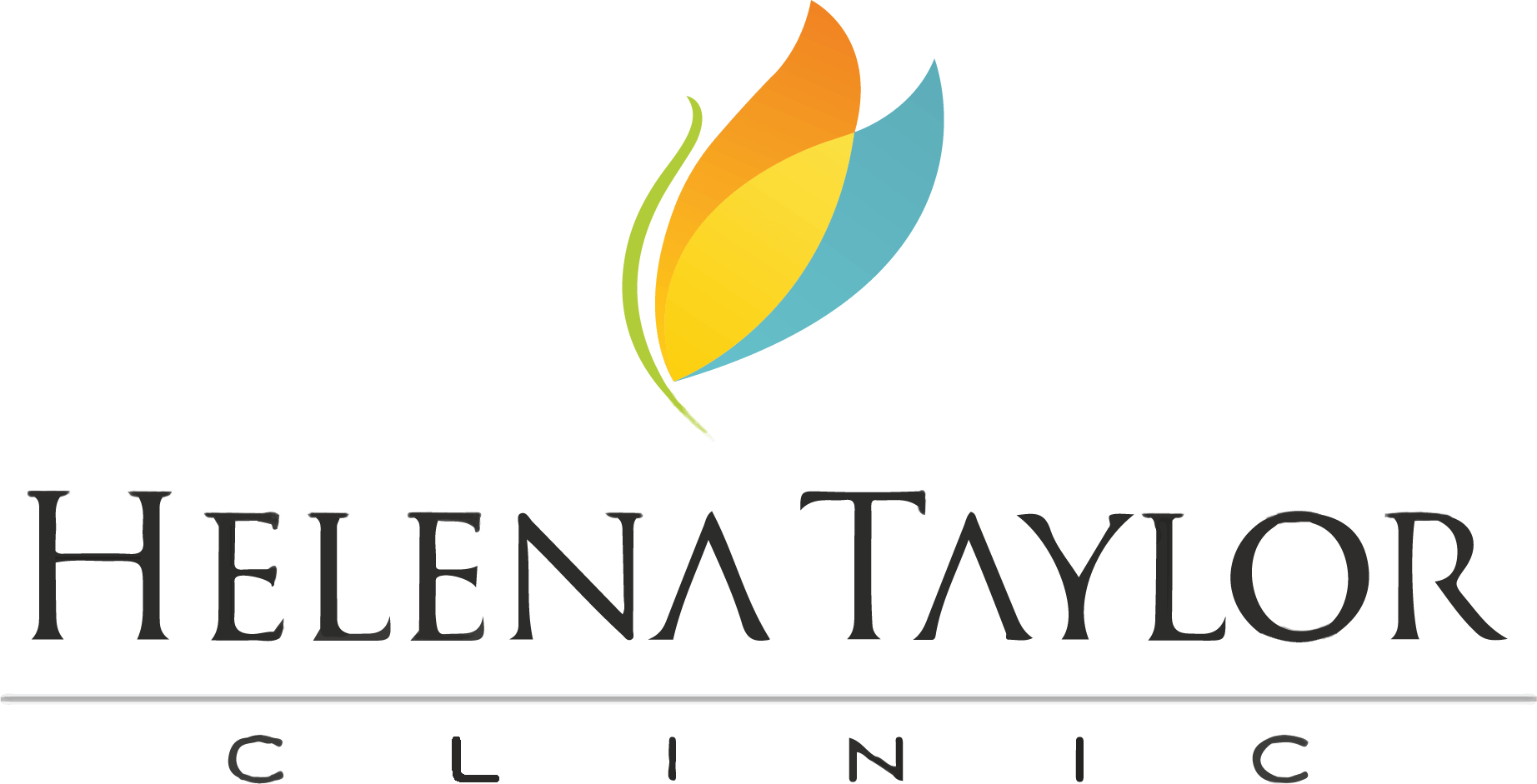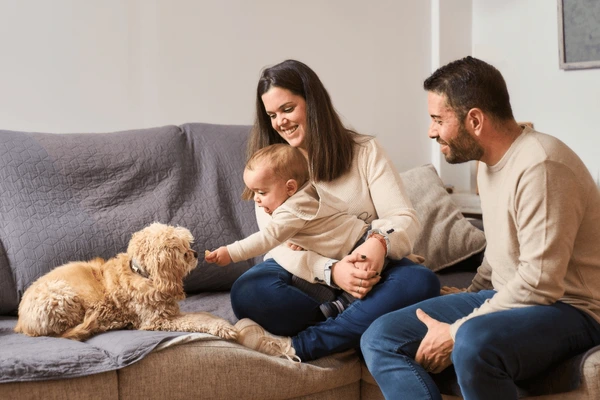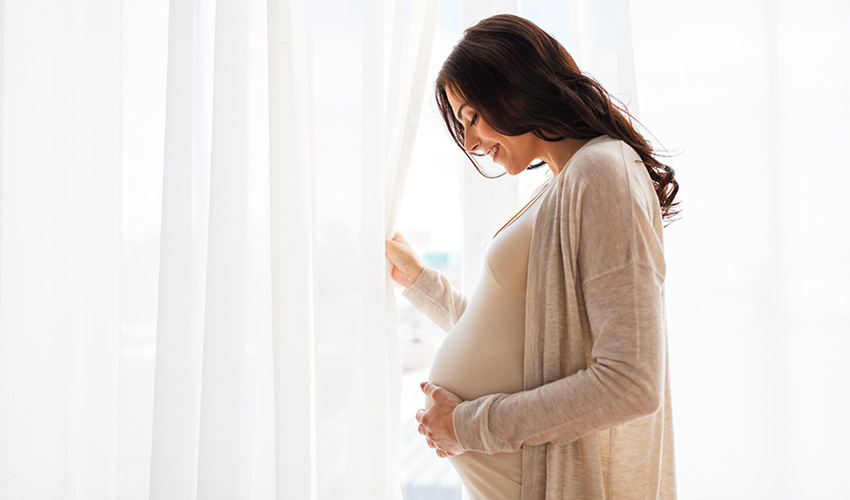Laser skin rejuvenation has become a go-to treatment for those looking to achieve smoother, younger-looking skin without invasive procedures. At Helena Taylor Clinic, one of the best aesthetic clinics in Dubai, we specialize in advanced laser treatments tailored to your unique skin needs.
Fine lines and wrinkles, often treated with laser skin resurfacing techniques such as ablative laser resurfacing, can significantly impact one’s appearance, making us look older than we feel. Uneven skin tone and texture, including sun damage and age spots, are common concerns treatable by laser resurfacing. They detract from our skin’s natural beauty. Laser skin resurfacing treatments correct these issues, enhancing our complexion’s clarity and uniformity.
Mechanism of Action
The magic behind laser rejuvenation lies in its use of concentrated light. This light meticulously removes damaged skin layer by layer. The precision of laser resurfacing ensures only the targeted area is treated, leaving surrounding tissues unharmed.
It doesn’t stop at surface correction; the laser resurfacing process also stimulates collagen production. Collagen is crucial for maintaining firm, youthful skin. As collagen levels increase, we notice a significant improvement in our skin’s elasticity and overall appearance.
Each treatment, including laser resurfacing, targets specific skin concerns without damaging nearby areas. This specificity allows for tailored treatments that effectively address our unique needs.
Different types of Lasers
When it comes to choosing the right laser, knowledge is power. Ablative lasers excel in treating the surface layer of the skin. They’re ideal for deep wrinkles and significant sun damage but come with longer recovery times due to laser resurfacing.
No ablative lasers focus on deeper tissue without removing the top layer of skin. They offer a gentler approach with quicker recovery, suitable for those of us with less severe concerns or busier schedules, such as laser resurfacing.
Fractional lasers represent the best of both worlds. They reduce downtime and side effects while providing comprehensive treatment with laser resurfacing. By targeting only a fraction of the skin at a time, they encourage rapid healing and less discomfort post-treatment.
The choice between ablative, no ablative, and fractional CO2 laser rejuvenation depends on various factors. These include our specific skin concerns, desired results, and tolerance for downtime. Consulting with a specialist at Helena Taylor Clinic, one of the leading aesthetics clinics in Dubai, ensures we select the most effective and suitable option for our unique needs.
Getting Ready for Treatment
Before the Treatment:
- Consultation: Your aesthetic doctor will assess your skin type and concerns.
- Pre-Treatment Prep: You may be advised to avoid sun exposure and certain skincare products.
- Patch Test: To ensure safety and effectiveness, a small test may be conducted.
During the Treatment:
- The procedure typically takes 20 to 60 minutes, depending on the area treated.
- A handheld laser device will be moved across your skin, delivering light pulses.
- You might feel mild discomfort, like a tingling or warming sensation.
After the Treatment:
- Immediate Effects: Your skin may appear red and slightly swollen, similar to a mild sunburn.
- Recovery Time: Most people resume normal activities within a day or two.
- Aftercare: Keep your skin hydrated, use sunscreen, and avoid harsh products.
Benefits and Risks of Laser Resurfacing
Laser resurfacing is a non-surgical procedure. The advantages are that it’s less invasive, which typically reduces overall cost, risk of complication, and recovery time.
There are still potential side effects and risks to consider, listed below:
- Infection
- Burns
- Scarring
- Hypersensitivity and increased risk of sunburns
- Allergic-type reactions
- Light spots or dark spots
- Wound healing delays
- Textural skin changes
- Activation of herpes zoster infection (for people with herpes)
Precautions and post-treatment care instructions focus on protecting your skin from sun damage. It’s advised to practice total sun protection for the first year and diligent sun protection for life to prevent irregular pigmentation and maintain results.
Conclusion
Laser resurfacing effectively treats a range of skin concerns and conditions. Benefits include healthier, rejuvenated skin. As with any procedure, some risks are involved. Whether or not laser resurfacing is right for you depends on several factors, including your overall health and expectations.
If you’re thinking about laser resurfacing, consult with a professional at Helena Taylor Clinic, one of the best aesthetic clinics in Dubai. Our team of experts is dedicated to helping you achieve your skincare goals with the latest advancements in laser technology.











